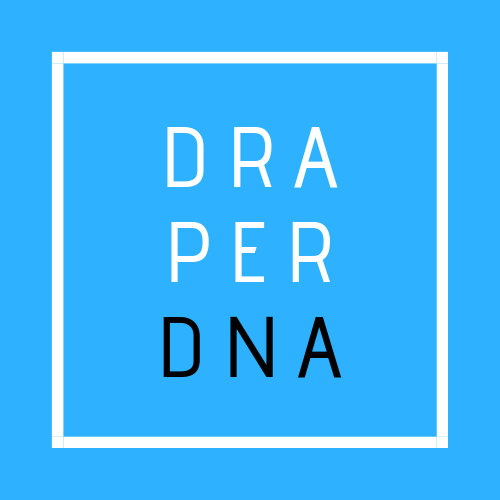There is a Difference featuring Dave Barista
July 12, 2021
As an integrated marketing agency, we thrive on storytelling. Be it through earned, owned or paid media, we know how to garner awareness for our clients. When it comes to earned media, one of Draper DNA’s favorite editors, David Barista, speaks with us about the best way to get a story heard through his publications and online hubs.
Dave: I am David Barista, I’m the editorial director of Building Design + Construction Magazine and BDC Networks. We are a series of media properties that cover the commercial buildings market. Anything that has vertical construction in the United States and Canada. Multi-family Design and Construction focuses on the multi-family market, which includes student housing and senior living, as well as apartments and condos. Additionally, we have a property called BDC University, which is continuing education for AUC professionals.
When you are being pitched a story, how do you prefer to be approached?
Dave: Email is still the most efficient way to approach an editor. I get quite a few phone calls and I don’t have the time to take all of them and spend 20 minutes on a phone call being pitched a project or a story idea. You can put a lot of information into an email. To me, the ideal pitch not only would be something that would be relevant to our readers. That’s first and foremost. But secondly, would have all the information we need in one document so we can pass it onto other editors.
When that happens, we can save it for future consideration. We can file it away as part of a package that we’re going to put together, being just one click away from viewing the images, captions and photo credits, etc. All of that in one email pitch would be the dream. More information about each and every image — Sources, for example; who’s going to be the expert that we interview for this story? More background information on the actual project or idea. A complete package is the ideal pitch. But again, first and foremost, it has to be something of interest to our readers.
What is one thing that you wish someone pitching you would always remember?
Dave: One thing to always remember is remembering who our audience is. In BD+C’s case, we’re a publication and media brand that caters to commercial architects and engineering firms. That includes four or five distinct disciplines that are interacting with our brand. When pitching, it’s important to think about what these people want and need in their daily lives. As editors, we get deluged. We get so much stuff, and the stuff that sticks out is advice driven content. It is a new hot emerging trend or a project that just breaks the mold. Or it’s an expert that is willing to get on a Zoom call or write an article that’s going to provide helpful advice for our readers or talk about emerging trends.
What bothers you when you’re being pitched?
Dave: The biggest pet peeve as an editor is, constant phone calls and emails after an initial pitch was sent. I get, easily, 300 emails a day. If you multiply that times three or four, people are trying to follow up, in some cases, within the hour of sending the original pitch, it becomes noise, and I just delete those follow-ups. I don’t have time for it. Be smart and strategic about follow-up. I understand some clients want answers right away, but I wouldn’t be too aggressive with the follow-up to a pitch.
Am I your favorite PR professional?
Dave: Abby, that’s a wonderful question. I treat all my PR professionals like my children. I love them all equally. But, I’ve had fun with you in the past and you’re a great public relations professional. I think it’s more of the ability to sit down and have a candid conversation about the market, about the needs of your clients, about the needs of my readers. That’s so important. A lot of PR professionals, they’re too cold. They’re too calculated. They’re not looking to establish a working relationship with editors. There’s value in that even during COVID when we’re not at trade shows. Some of the PR professionals that I’ve long standing relationships with have invited me to dinner, or client events. And when they do that, and add a genuine conversation about how we can continue working together, it means more than 1,000 email pitches or 1,000 phone calls.
It’s not about that first pitch, it’s about the dozens of other pitches or potential pitches that could happen because of conversations you’re having with the editors. I understand that everyone’s busy. It’s hard to do that with a whole roster of editors that you’re calling and pitching. So, as a PR professional, you’re going to have to pick and choose those opportunities.
What is the most memorable pitch you’ve received and what made it so memorable?
Dave: The pitch that comes to mind started as a negative. It was a project that was pitched and we messed up on the editorial side. The PR professional was trying to protect their client and came at us a little aggressive. Their reaction to a very minor mistake that happened during the editing and posting process was a little over the top. Later, that PR professional turned out to be one of our best friends, that still has an ongoing relationship with BDC because they realized that they were a little over the top. They admitted their mistakes and made up for them in conversation with the team. I think it was memorable because we went through that very stressful moment together.
Are you interested in learning more about having your newsworthy stories shared by the media? Email Abby at abby@draperdna.com and let’s work together to get the right story told to the right audience, in the right place, at the right time.





